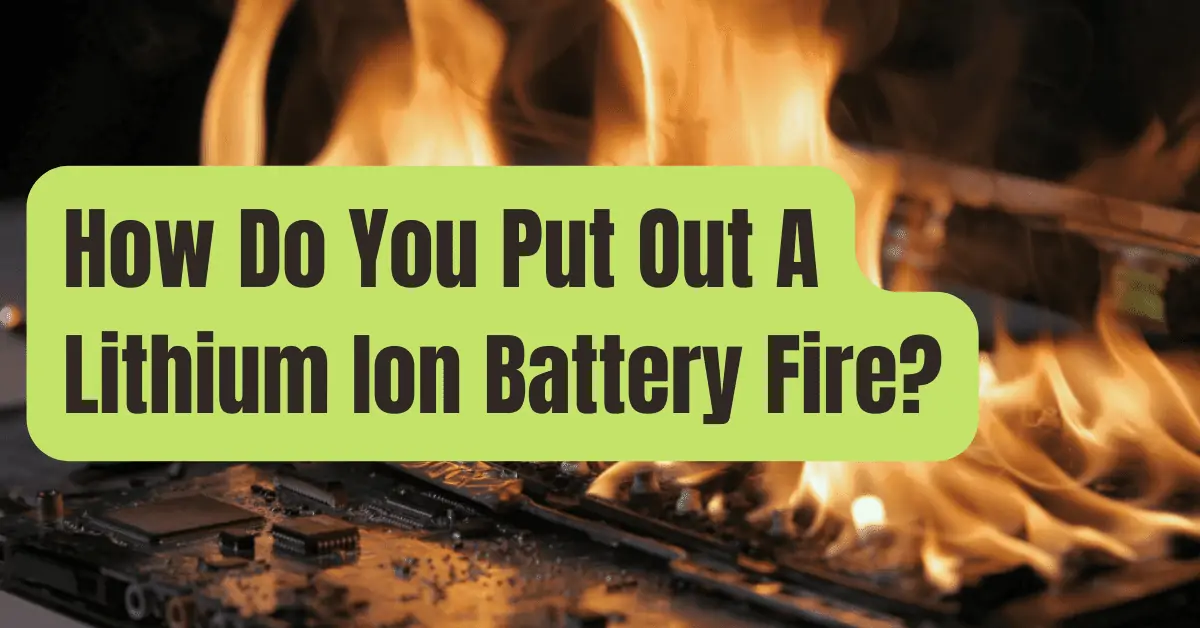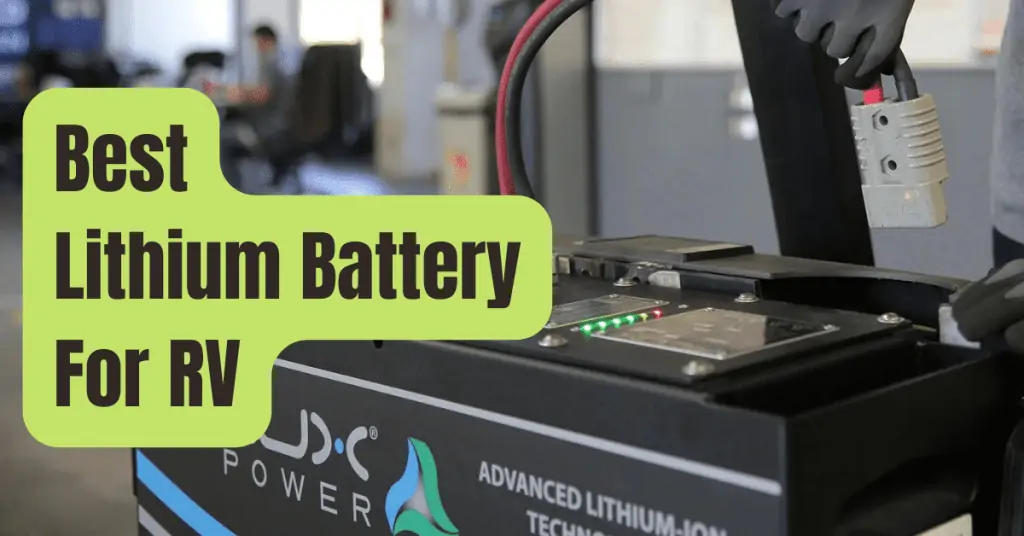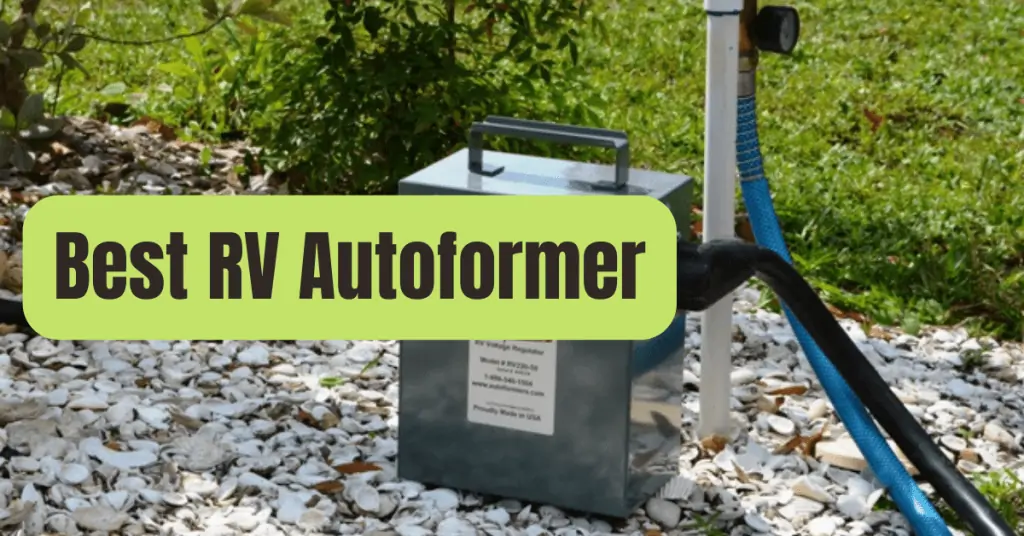In the first half of 2017, 17 lithium-ion batteries aboard aircraft had explosions.
Due to the risk of fire, Hewlett-Packard recalled 50,000 lithium-ion batteries.
In a span of two weeks, the ecomaine recycling facility in Portland battled two lithium-ion-based fires, with the second requiring 40 minutes to put out.
Australia is thinking of passing laws that would ban the installation of lithium-ion storage batteries in residential buildings because they pose a fire risk.
Lithium-ion batteries continue to be a problem in spite of standards, laws, and continuing research to make them safer.
Here are several reasons why lithium batteries catch fire and what to do in an emergency.
Batteries Made of Lithium Ion Pose A Fire Risk.
Since 1991, lithium-ion batteries have set the standard for power in a variety of sectors, from electric vehicles and solar storage to cell phones and computers.
Because of the following, lithium batteries have proved problematic:
What Causes Lithium Batteries to Burn Up?
- Are constructed of combustible materials.
- As compared to other batteries, may provide a lot of power. But lithium is highly flammable since it belongs to the periodic table’s alkali metal group. The least dense metallic element, it is also.
- Possess highly reactive elements
- Are built the same way as all batteries, with an electrolyte between the two electrodes. The electrolyte of a lithium battery is a mixture of reactive lithium salts and organic solvents. A carbon anode receives an electrical charge from a lithium metal cathode after passing through the electrolyte. Additionally, the procedure presses the contents, much as with most batteries.
- Are unstable when harmed
- Have stray ions traveling between the electrodes, which may form dendritic microfibers. A dendrite may ignite the lithium if it pierces the tiny separators that keep the battery’s components apart. Additionally, if a dendrite penetrates the battery’s outer shell, the lithium combines with the air’s moisture to produce heat and the potential for fire. The battery has the potential to overheat, which might result in a thermal runaway and an explosion.
Unfortunately, fire is a possible outcome if anything goes wrong with lithium batteries.
How to Put Out a Lithium Battery Fire
The following recommendations are provided by Battery University for handling a lithium battery fire:
- Since small lithium-ion batteries contain little lithium metal, they can be submerged in water. A Class D fire extinguisher can put out fires caused by lithium-metal batteries.
- Foam extinguishers, CO2, ABC dry chemicals, powder graphite, copper powder, or sodium carbonate are the best materials to use when putting out larger battery fires.
- If the fire cannot be put out, it must be allowed to burn in a controlled manner while being doused with water to stop it from spreading.
- If you have a battery pack, keep it outside until it is completely burned out because each cell may burn at a different rate when it gets hot.
Redox flow batteries are a safer option for residential and commercial power storage.
Vanadium products developed with an inflammable electrolyte solution are leading the market.










